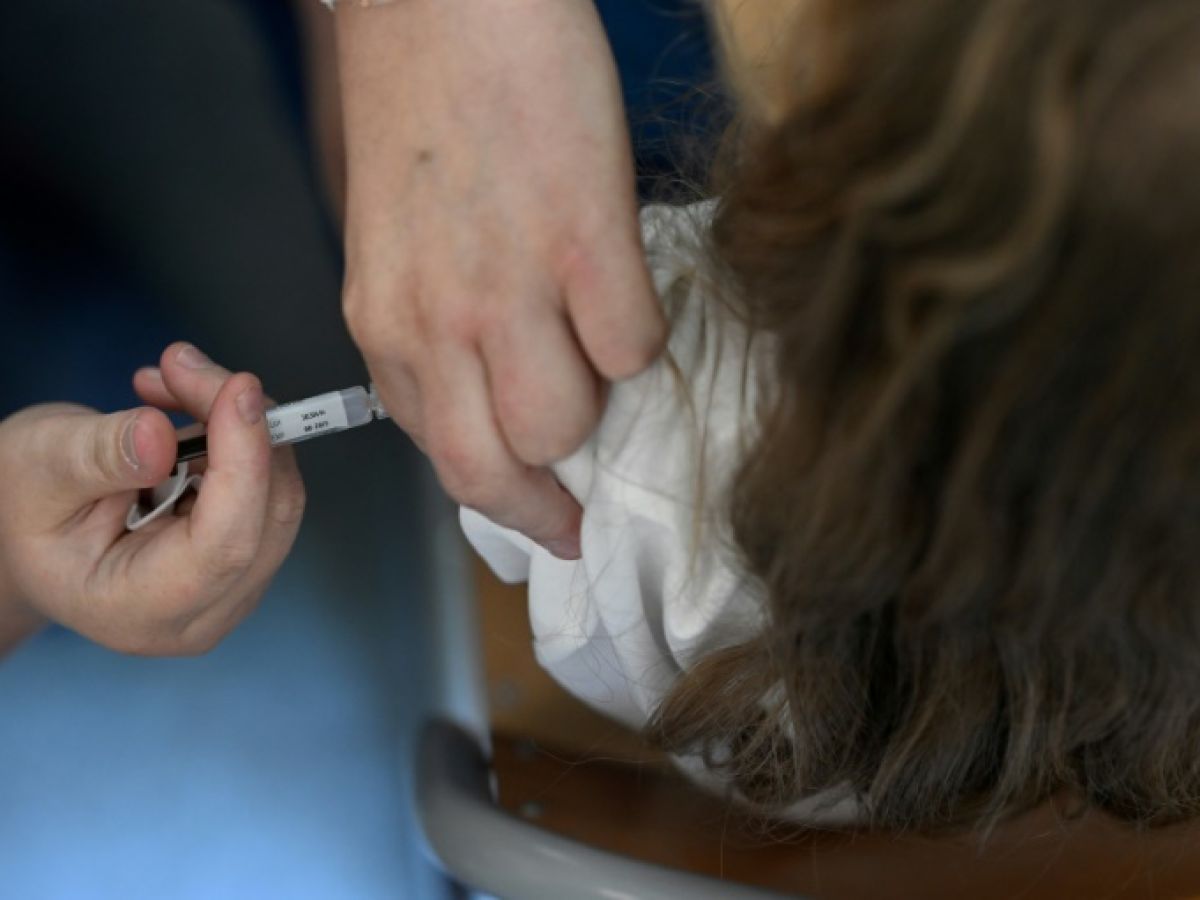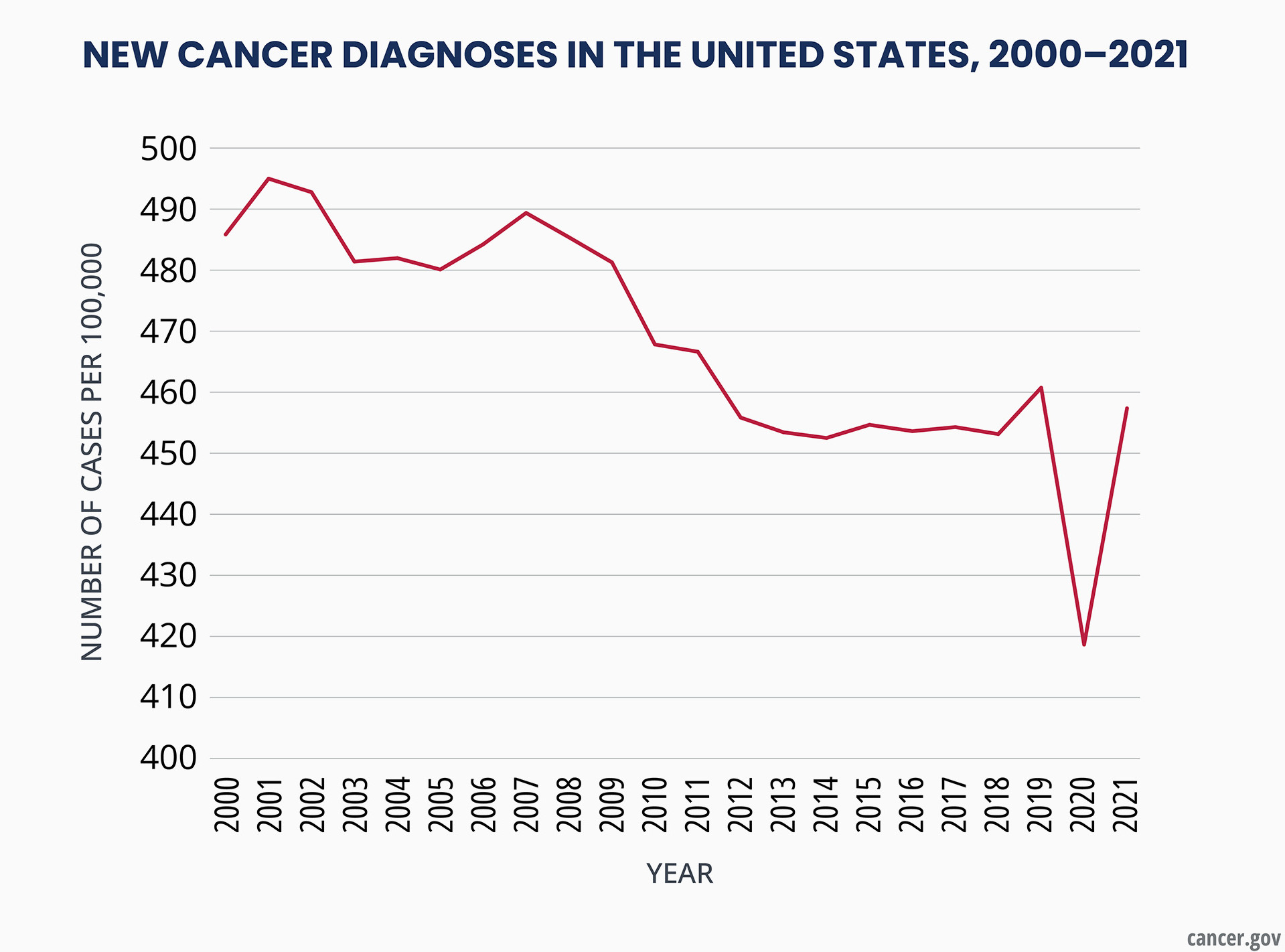In the face of cervical cancer, vaccination against papillomavirus infection – the main cause of the disease – and screening are progressing slowly in France, but still suffer from territorial, socioeconomic and cultural barriers, studies published Tuesday highlight.
With more than 3,100 new cases and more than 1,100 deaths each year in the country, this cancer "remains a major public health problem," which would be "preventable thanks to HPV vaccination and screening," summarizes Public Health France on the occasion of World Cancer Day.
Vaccination against human papillomavirus (HPV), which targets the types of the virus responsible for most cervical cancers, prevents up to 90% of cancer-causing HPV infections.
In France, this preventive measure has been recommended for adolescent girls – since 2017 – and adolescent boys – since 2021 – aged 11 to 14 inclusive, with a possible catch-up between the ages of 15 and 19.
And since the 2023-2024 school year, 5th grade students can be vaccinated, subject to authorization from both parents, in all public middle schools and voluntary private establishments.
HPV vaccination has progressed in recent years.
In 2023, vaccination coverage was estimated at 54.6% for at least one dose among 15-year-old girls (+6.8 points compared to 2022, +8.8 compared to 2021), and at 44.7% for two doses among those aged 16 (+3.2 points and +7.2 respectively), according to SPF.
However, "significant territorial disparities (...) remain, "particularly in the south of France and the overseas departments and regions," where vaccination levels are the lowest, the agency observes.
As vaccination does not completely eliminate the risk of developing cervical cancer, which is sometimes linked to other factors (smoking, sexually transmitted diseases, etc.), national screening has been organized since 2019 to identify any precancerous lesions as early as possible, monitor them, or treat them before they turn into cancer.
It includes a cervical smear every three years for women aged 25 to 29 (after two normal tests one year apart) to look for abnormalities, then a test every five years between the ages of 30 and 65 to look for the HPV virus.
– Disparities –
Cervical cancer can be cured if diagnosed early and treated promptly.
For screening, participation has generally increased slightly in France: the three-year coverage rate reached 59.5% between 2020 and 2022, compared to 57.9% between 2010 and 2015, before its launch.
However, this remains far from the targets set by the World Health Organization and by Europe.
And, as with vaccination, disparities persist.
While the invitations appear to have improved access for 60-65 year-olds, "disparities in screening uptake persist between young adults and older women," according to the study.
And "significant regional disparities remain," particularly for screening by invitation, which has sometimes not compensated for the decline in "spontaneous screening," for example in Normandy, Grand Est, Corsica, and Guadeloupe.
"Territorial inequalities can be intrinsically linked to socioeconomic inequalities," with differences in access to information and healthcare professionals, observes Santé publique France, which also mentions "cultural barriers, particularly around sexuality."
The HPV vaccine is particularly targeted, in France and abroad, by religious circles opposed to discussing sexuality with young adolescents.
"Numerous international experiences have shown that middle school vaccination programs can increase vaccination coverage among adolescents," and sometimes, but not always, reduce inequalities on their own, according to SpF.
In terms of screening, the National Cancer Institute and the Health Insurance Fund decided a year ago to "double down" to improve participation in programs against breast, colorectal and cervical cancers.
Around the world, several wealthy countries, where HPV vaccination coverage is around 80%, appear poised to eradicate human papillomavirus infections within a few years, starting with Australia, which is aiming for the near-elimination of cervical cancer by 2035.
Northern European countries, the United Kingdom, Canada, and the United States are following this path.


